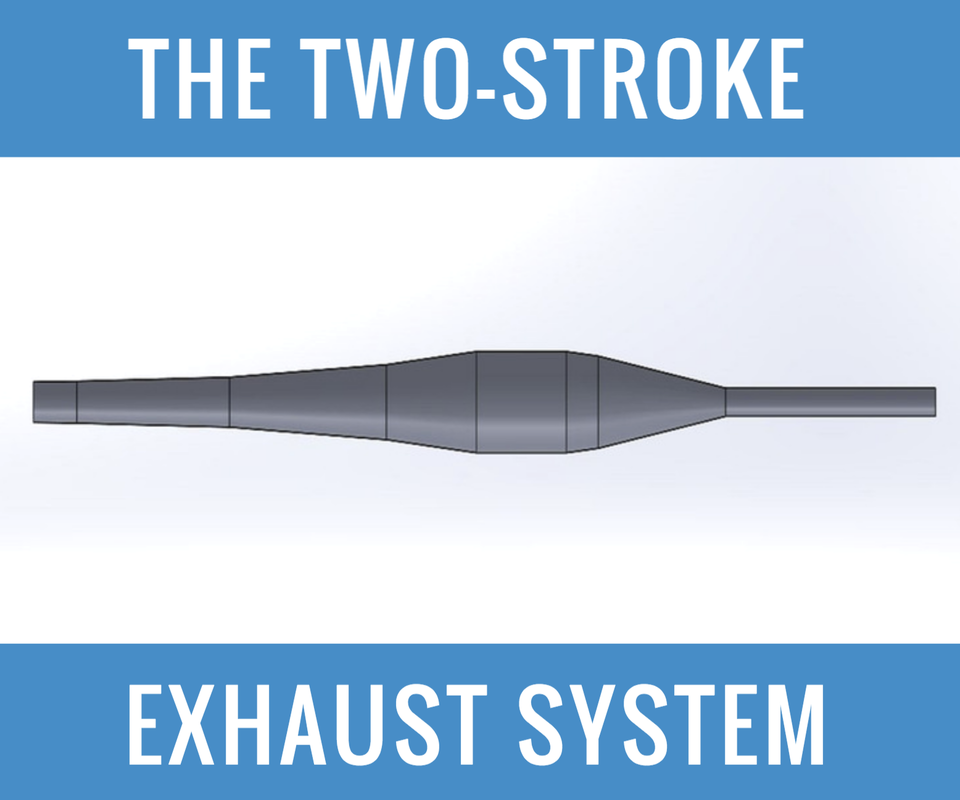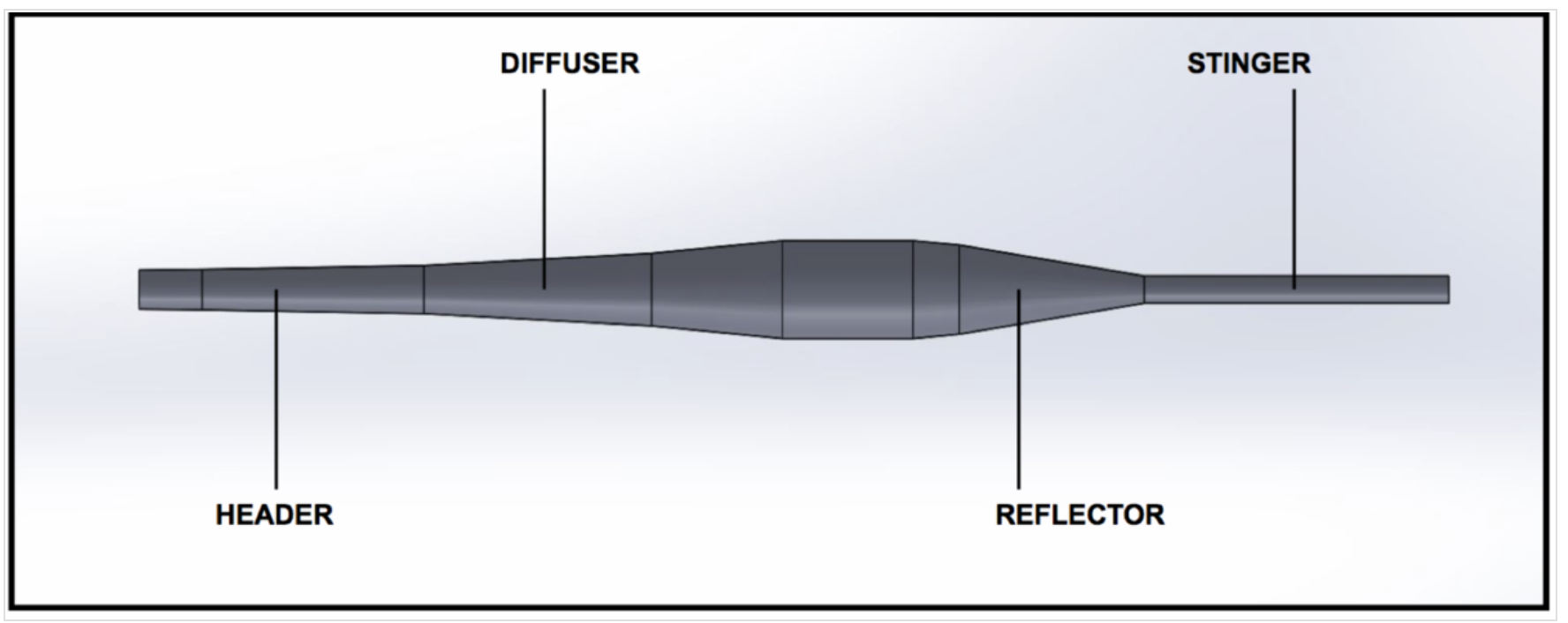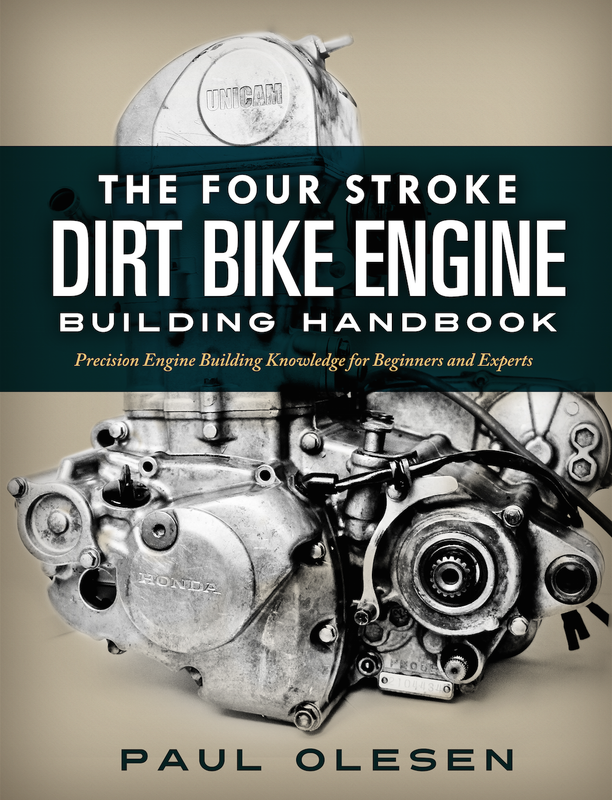Adding a performance exhaust system can be a great way to increase power and/or alter the power delivery of an engine. I would also argue that optimizing a two-stroke engine’s exhaust system is equally as important as ensuring the cylinder’s ports are correctly designed for the given application. Not all exhaust systems are designed to do the same things, and much like cylinder port design, exhaust designs are intended to alter power in specific ways. Having a basic understanding of how an exhaust system works can go a long way when it comes to selecting the right exhaust pipe for your engine.
Two-stroke exhaust design is complicated and there are many different variables that must be considered when designing a pipe. I don’t intend to go into all of them, but I will share a few of the most critical.
The tuned length of the pipe is dictated by the exhaust port timing, RPM of max power, and the speed of sound. Pulse length and amplitude are governed by the angles of the diffuser and reflector. Generally, steeper cone angles create pulses with more amplitude but shorter duration. Shallower angles generate pulses with less amplitude but longer duration. Given these variables, it is easy to see how a pipe could be tailored for specific applications. An engine converted for road racing may utilize a pipe designed for peak power which incorporates steep diffuser and reflector cone angles so that pulse amplitude is not sacrificed. This peak power would likely come at the expense of a narrowed range of power. An engine tailored for woods riding may feature a pipe with shallower cone angles, resulting in less pulse amplitude, but a broader spread of power.
The last parameter I want to touch on is how the tailpipe, which is sometimes referred to as the stinger, influences the pipe. The tailpipe creates a flow restriction in the pipe which allows the pipe to have a certain amount of back pressure. Enlarge the tailpipe and the back pressure decreases, make it smaller and the back pressure increases. As back pressure increases or decreases, so does temperature and ultimately the speed of sound. As the speed of sound changes, so does the resonance RPM of the pipe. If the tailpipe is sized too small, cylinder scavenging will be inhibited. When this happens, the cylinder, fresh mixture, and piston will all be overheated.
While engineers and tuners can estimate starting pipe dimensions and tuned lengths, a great deal of trial and error testing is usually still necessary to fine tune the exhaust pipe and optimize the design. Unless you intend on building your own exhausts, this work will have already been done for you.
When selecting an exhaust system, you need to focus on how the exhaust alters the power curve. Exhaust systems are tailored to deliver more bottom end performance, top-end performance, or performance throughout the power curve. Selecting which system is right for you will depend on how you want your engine to perform. If you’ve chosen to modify your cylinder ports, installing an exhaust system that compliments the porting can be very beneficial.
You might be wondering about slip-on mufflers. If you’ve followed along with my explanation of how exhaust pipes work, you’ll notice I made no mention of the muffler. While the muffler can have a small effect on performance, it is not the primary factor. Upgrading a muffler is a good way to reduce weight, but there won’t be a slip-on out there which significantly increases power, in the same way, a properly designed expansion chamber can.
I hope you enjoyed this write-up on key features affecting the performance of two-stroke cylinders. As for Two Stroke Handbook news, we received our first printed proof of the book this last week! Needless to say, we are inching closer and closer to an official release date. To stay updated on The Two Stroke Dirt Bike Engine Building Handbook we created an email sign up for our readers. Click this link to sign up, see the new cover, the Table of Contents, and some sneak peek pages right from the book.
Thanks for reading and have a great rest of your week!
-Paul





